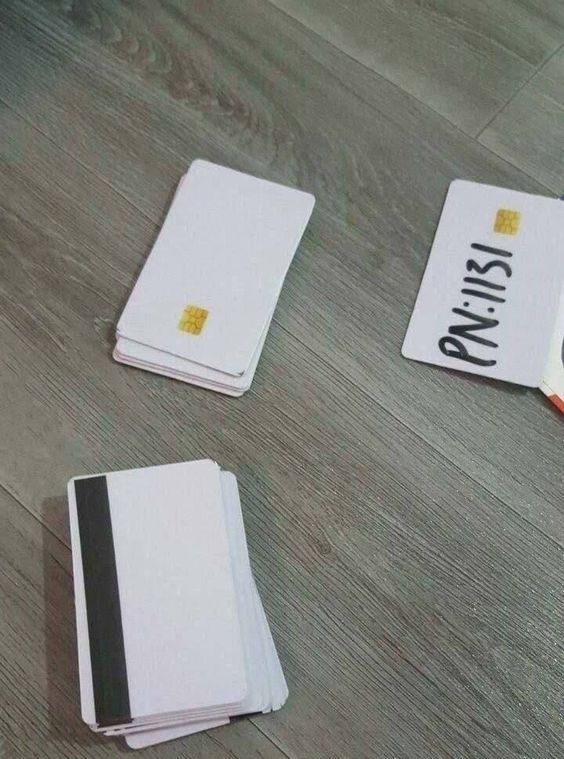Reading time: 4 minutes
Highlights:
- Credit card fraud is the theft and unauthorized use of your credit card information.
- Two of the most common types of credit card fraud are skimming and card cloning. Be sure you know how to recognize the warning signs of each scam.
- If you or a loved one has fallen victim to credit card fraud, be sure to reach out to your card issuer to dispute fraudulent charges and request a new credit card.
Credit card fraud — the theft and unauthorized use of your credit card information — can wreak havoc on your finances and credit scores. Luckily, you can help protect your credit card from thieves by recognizing the signs of fraud and taking steps to secure your personal information.
4 Common Ways Credit Card Fraud Happens
Credit card fraud is a surprisingly common crime that can occur in many different forms.
- Card-present fraud occurs when someone uses a stolen credit card or a fraudulent duplicated card to make unauthorized purchases in a store or other face-to-face setting. However, modern technology brings plenty of opportunities for digital theft as well.
- Card-not-present fraud occurs when someone gains access to your credit card information without obtaining the card itself. For example, a thief might use a phishing scheme to install harmful software, known as malware, on your computer to record your keystrokes or otherwise spy on your device, with the intent to steal your credit card information from a distance. The criminal might then sell the card’s information or use it themselves to make fraudulent purchases.
